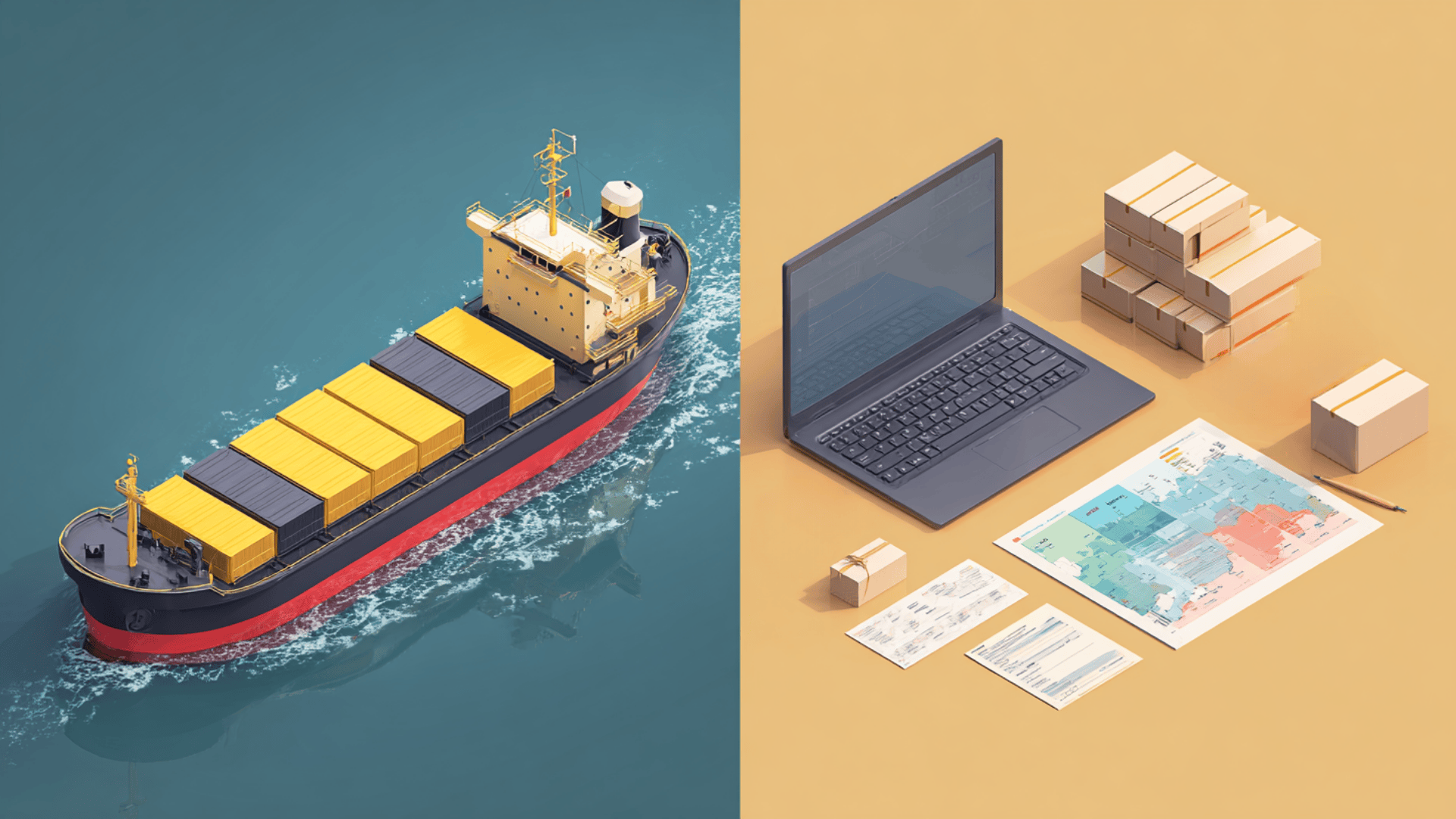Dealing with Lost or Damaged Parcels in Cross-Border Logistics
Cross-border logistics plays a critical role in ensuring goods move smoothly between countries, but it also brings challenges such as lost and damaged parcels. Multiple carriers, customs checks, and long transit times can increase risks. With the right processes, packaging standards, and tracking tools, businesses can respond faster, lower costs, and keep customers satisfied even when issues occur.
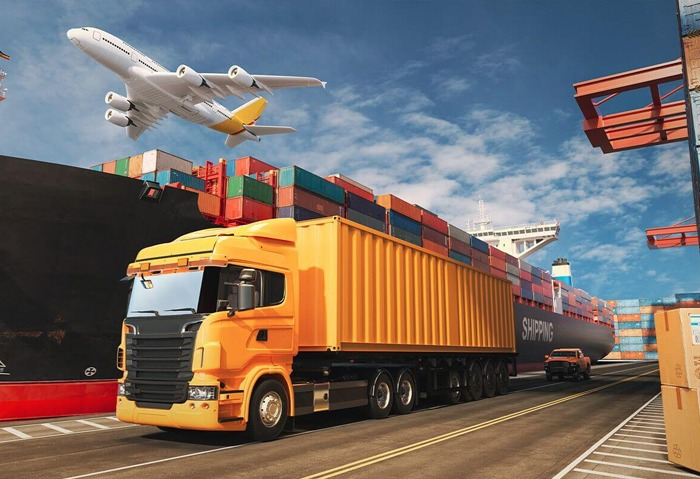
1. High-Risk Points in Cross-Border Logistics
Loss and damage concentrate at handoffs. These are the moments to watch:
- First mile pickup and origin sortation
- Export clearance and airline handover
- Transhipment hubs and long-haul line-haul
- Import clearance and local depot
- Last-mile delivery and pickup points
Track performance by each handoff. Even a small improvement at one choke point reduces total incidents across the lane.
2. Parcel Damage Prevention Starts with Better Packaging
Strong packaging prevents most claims. Keep rules short and enforceable:
- Use a carton strength matched to weight and route; double-wall for fragile or long-haul air.
- Fill voids; remove dead space that invites crushing.
- Seal with water-activated tape on H-pattern; avoid single strips.
- Add corner guards for rigid goods and bubble wrap for delicate items.
- For liquids or cosmetics, use inner poly bags and leak-proof seals.
- Print scannable labels on flat faces; never over seams or edges.
Publish a one-page spec for vendors. Require photos before pickup on high-value orders.
3. Capture Evidence to Support Lost Parcels Claims
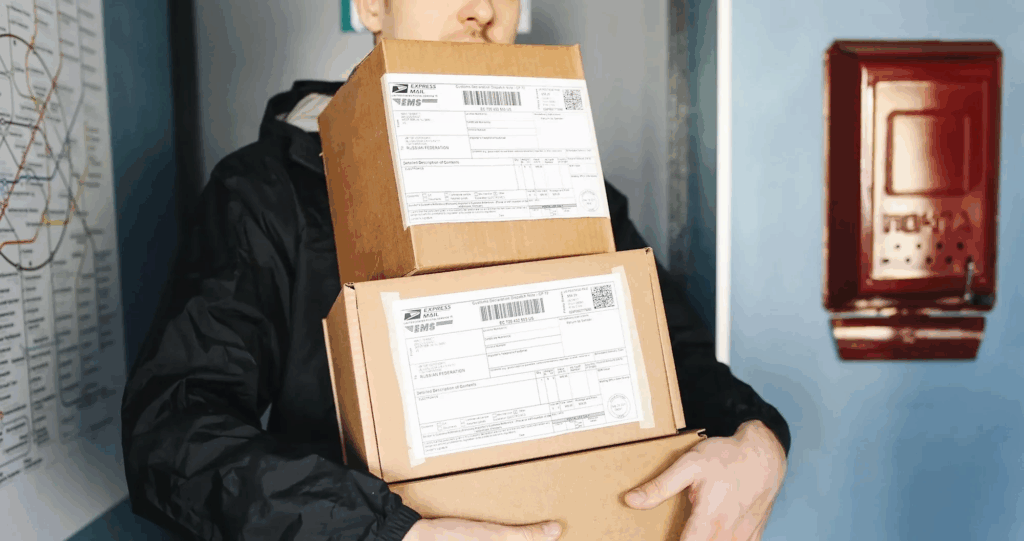
Evidence wins claims and speeds resolutions:
- Origin: Photo of packed item, sealed carton, and clear label.
- Handoffs: Scan events with timestamp and location.
- Delivery attempts: Photo at door or counter with signature when possible.
- Returns: Condition photos on receipt.
Store everything against the order ID so support agents do not hunt across systems.
4. Build a fast “first 24 hours” response
When a customer reports loss or damage, time matters. Use a script:
- Acknowledge within two hours. Thank the customer and show empathy.
- Verify basics: order ID, photos, exterior damage, missing items, and safe delivery location.
- Check the timeline in your tracking platform. Confirm the last scan and the responsible carrier.
- Decide the path: reship immediately, refund, or escalate to claim—based on policy and value.
- Set expectations: give a clear next step and a date for the next update.
This reduces repeat contacts and protects satisfaction, even before the parcel is found.
5. Classify incidents to guide action

Create simple categories with default actions:
- In transit, no movement 48h: escalate to carrier inquiry; start watch timer.
- Label issue / mis-sort: request relabel at next hub; extend promise date.
- Confirmed loss: start claim; trigger reship/refund rules.
- Exterior damage and contents are OK: Offer partial compensation or replacement parts.
- Product damage: start claim; reship or refund at once for VIP customers.
Agents act faster when the category is obvious and the next step is prescribed.
6. Use carrier SLAs and deadlines to your advantage
Each carrier sets windows for claims. Miss them and you lose reimbursement. Keep a cheat sheet:
- Filing deadlines by service (often 7–30 days after delivery or expected delivery).
- Required documents (commercial invoice, proof of value, packing photos, label image, tracking log).
- Investigation timelines and escalation contacts.
Automate reminders so claims start the day an incident crosses the threshold.
7. Strengthen customs data to prevent “ghost losses”
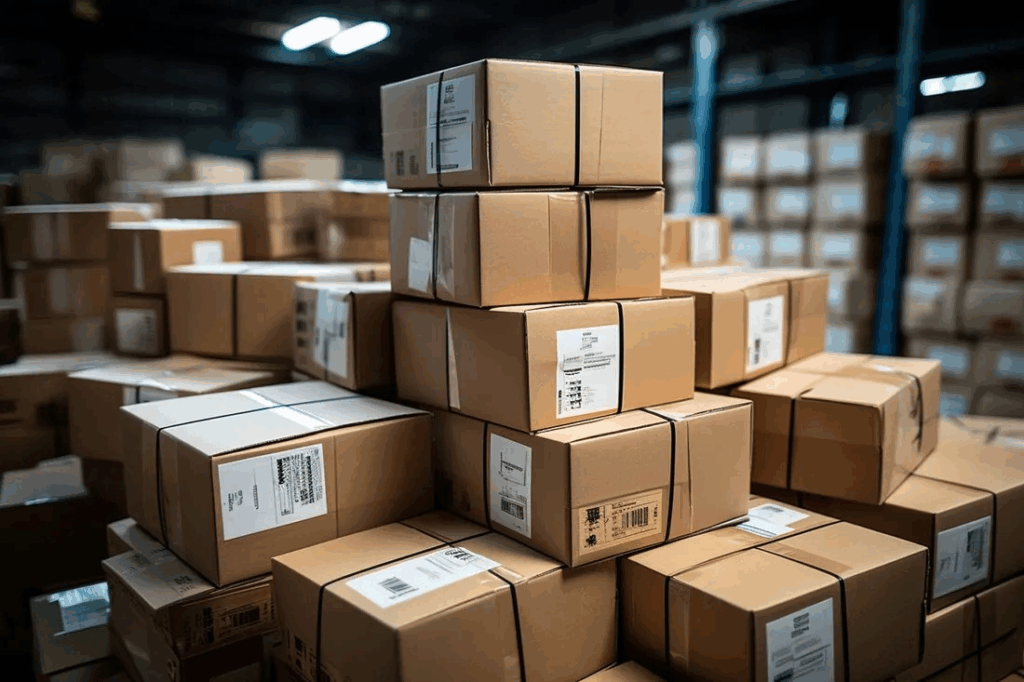
Many lost parcels are actually stuck in customs. Prevent this:
- Maintain an accurate HS code per SKU and destination.
- Use clear, legal, concise product descriptions.
- Match values and currency to invoice; include Incoterms.
- Provide origin and material content for high-risk categories.
Proactive customs clarity keeps shipments visible and reduces false loss reports.
8. Decide when to reship vs. wait
Waiting too long frustrates buyers; reshipping too soon burns margin. Create rules:
- Low AOV, high customer lifetime value: reship immediately after no-movement threshold.
- High AOV, low lifetime value: initiate carrier trace first; reship if not found within X days.
- Time-sensitive goods: reship at once; convert the first parcel to return-to-sender if found.
Communicate the rule in your policy so support does not debate each case.
9. Close the loop with root-cause analysis
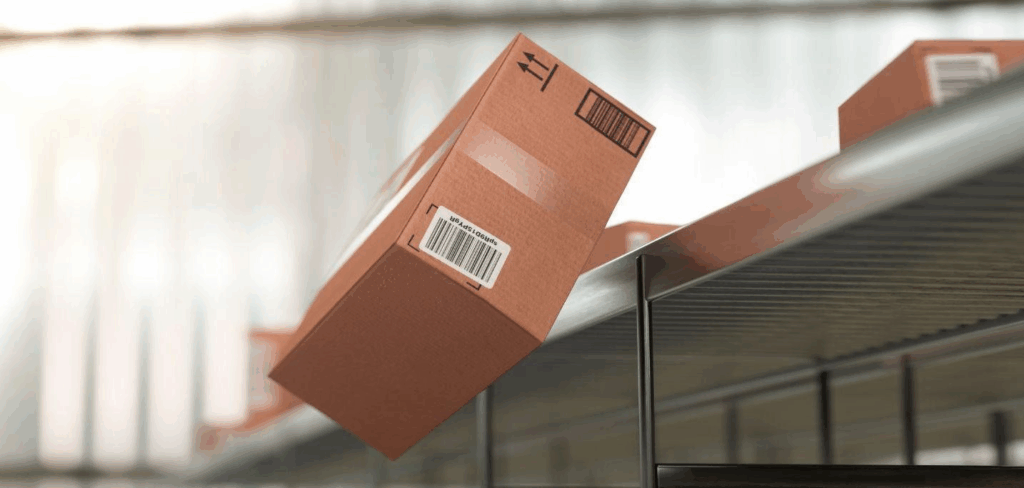
Review incidents by lane, carrier, SKU, and packaging type every month. Look for patterns:
- One depot with excess damage? Add corner guards or change carton strength.
- One lane with “label unreadable”? Switch to thermal labels or pouch sleeves.
- One carrier with repeated “no movement” events? Shift volume or add consolidation.
Publish fixes and measure incident rate per 1,000 orders to confirm improvement.
10. Insurance and declared value: use them wisely
Insurance is not a cure-all. It adds cost and paperwork. Use it selectively:
- Insure only where loss risk is high or AOV is above your pain threshold.
- Compare carrier liability, third-party insurance, and self-insurance.
- Keep proof-of-value ready and store purchase receipts for high-value shipments.
Run quarterly reviews: if premiums exceed recovered claims plus peace-of-mind value, adjust coverage.
11. Customer messaging that prevents WISMO
Clear communication reduces “Where is my order?” tickets and calms tense moments:
- Send localized, plain-language notifications at pickup, export, import, out-for-delivery, and exceptions.
- For delays, give a specific next milestone and a new ETA, not vague apologies.
- Offer pickup-point redirection where home delivery is failing.
- Provide a one-click claim or reship request for damaged parcels with photo upload.
This keeps trust even when the parcel journey is imperfect.
12. Metrics that prove control
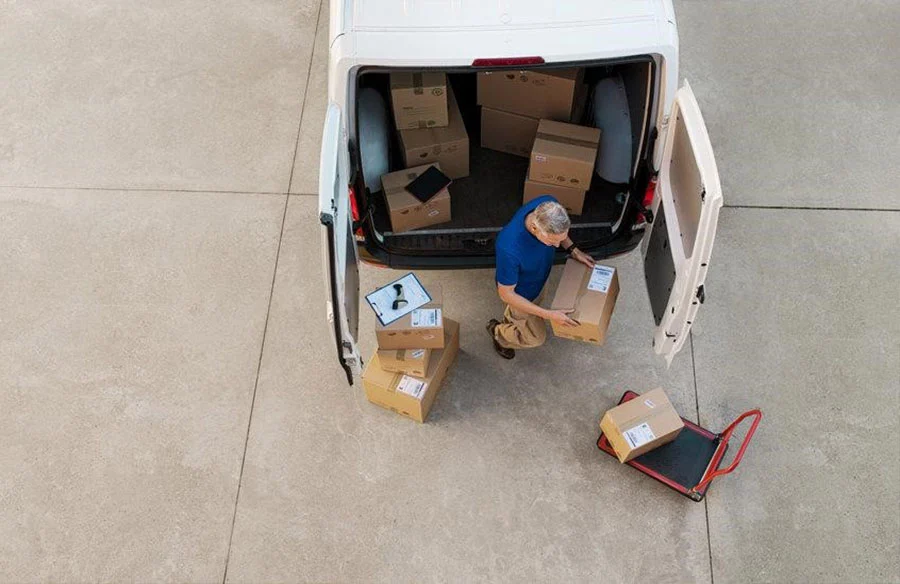
Track a small set of KPIs weekly:
- Incident rate (lost + damaged) per 1,000 orders
- First-contact resolution for loss/damage cases
- Average claim filing time and recovery rate
- Reship time from report to dispatch
- WISMO ticket rate and CSAT for shipping updates
Tie each metric to an owner and a target; small wins compound fast.
13. Templates you can adopt today
Damage report checklist: order ID, photos (outer box, inner pack, label), missing items, usable or not, preferred resolution.
Carrier claim pack: tracking log, invoice, proof of value, packing spec, photo set, incident summary, submission date, follow-up schedule.
Customer email: “We see your parcel stalled at [location]. We have started a trace with the carrier and will update you by [date]. If you prefer, we can reship now.”
14. How PostalParcel makes this easier
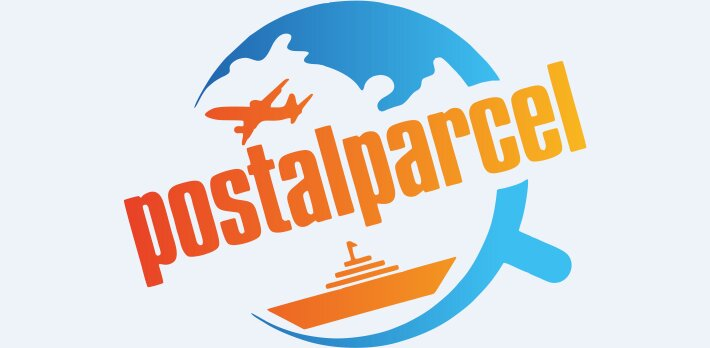
PostalParcel simplifies cross-border logistics by centralizing every shipment event and evidence file in one place—across carriers, lanes, and countries. Teams view the same timeline in their own language, which improves clarity, reduces errors, and speeds decisions. The platform helps international teams resolve lost parcels quickly and implement better parcel damage prevention measures. It offers:
- Normalized carrier statuses and highlights of no movement, label issues, and damage suspected exceptions—critical for tracking lost parcels in real time.
- Automated rules that trigger traces, file claims on time, or reship based on parcel value—ensuring both speed and consistency in parcel damage prevention.
- Centralized storage of photos and documents linked to each order, simplifying audits and carrier claim packs.
- Localized notifications that cut WISMO tickets and support smoother cross-border logistics experiences for customers.
With PostalParcel, your team spends less time chasing data and more time resolving problems related to lost or damaged parcels the same day they appear..
15. A simple action plan
- Publish a one-page packaging spec and enforce photo proof at origin.
- Turn on exception alerts for no movement 48h and damage suspected.
- Create three incident categories with default next steps.
- Load claim deadlines by carrier and automate reminders.
- Localize customer notifications and add self-service photo upload.
- Review incidents monthly and fix the top two root causes per lane.
Final takeaway
You cannot prevent every loss or dent in cross-border logistics, but you can control the response. With strong packaging, fast evidence capture, clear rules, and proactive communication, you save time, recover costs, and keep customers loyal. A disciplined process—supported by PostalParcel’s tracking and automation—turns chaos into quick, repeatable wins.
Industry Insights
news via inbox
Nulla turp dis cursus. Integer liberos euismod pretium faucibua








